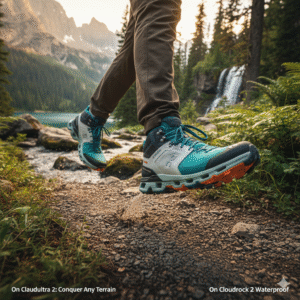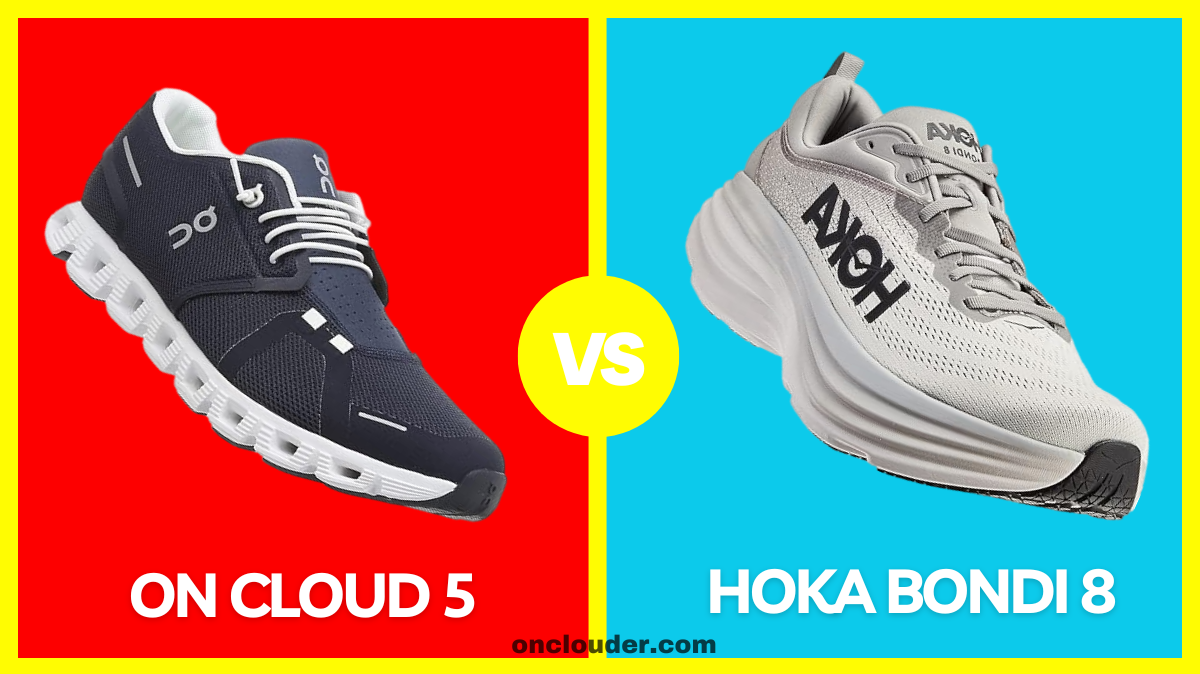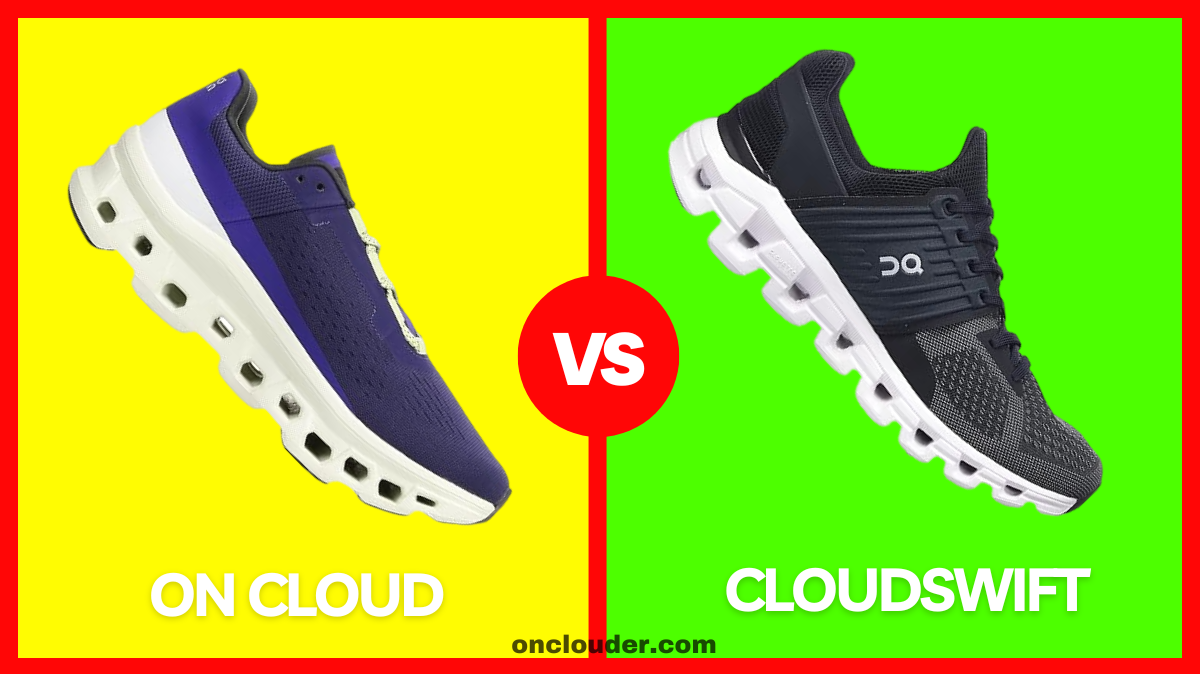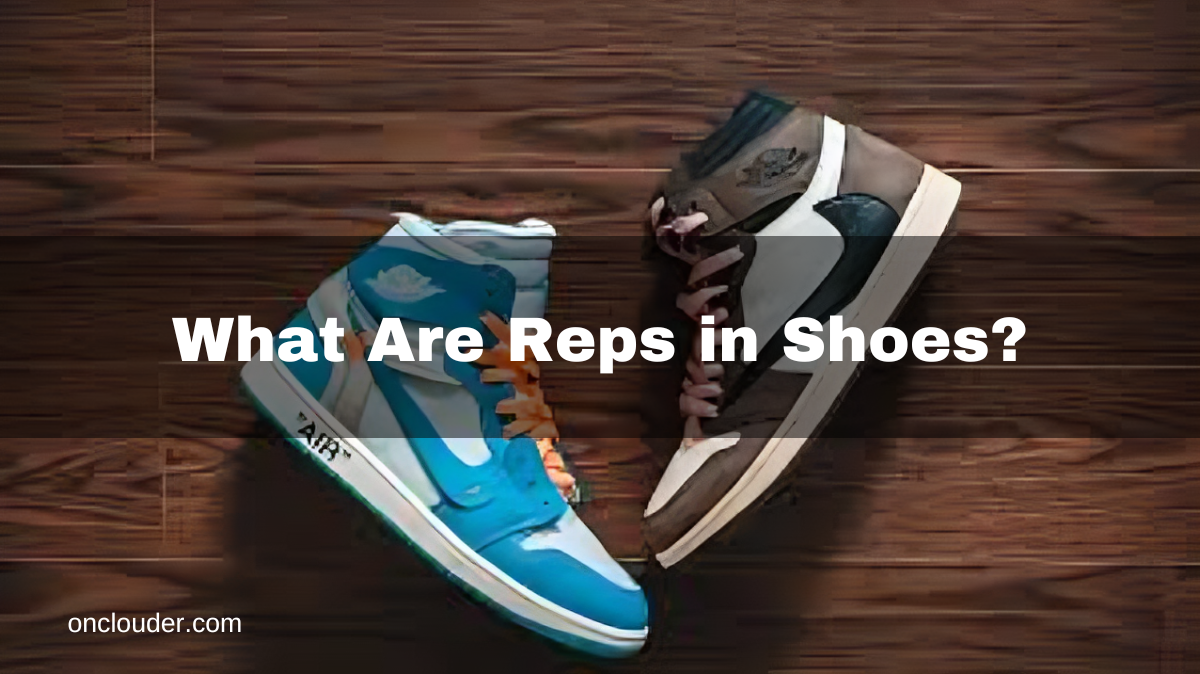Contents
- 1 Introduction:
- 2 Understanding the Importance of Proper Footwear for Hiking
- 3 Key Features to Look for in Hiking Boots and Trail Shoes
- 4 Top Hiking Boots for Different Terrain Types
- 5 Best Trail Shoes for Lightweight Adventures
- 6 Comparing Waterproof vs. Breathable Options
- 7 Size and Fit: Ensuring Comfort on the Trail
- 8 Maintenance Tips to Extend the Life of Your Footwear
- 9 Recommendations for Kids’ Hiking Boots and Trail Shoes
- 10 FAQs
Introduction:
Choosing the right footwear is essential for anyone venturing into the great outdoors, whether you’re tackling rugged mountain trails or enjoying a leisurely stroll through the woods. The best hiking boots and trail shoes not only provide comfort and support, but they also play a crucial role in preventing injuries and enhancing your overall experience on the trail. With an overwhelming variety of options available, understanding the key features and benefits of different styles can help you make an informed decision. In this article, we’ll explore the top choices for hiking boots and trail shoes, essential features to consider, and tips for maintaining your footwear to ensure your outdoor adventures are as enjoyable and safe as possible.
Understanding the Importance of Proper Footwear for Hiking
Impact on Comfort and Performance
When it comes to hiking, your feet are your most valuable assets—well, after your sense of adventure, of course. Proper footwear can make or break your experience on the trail. Good hiking boots or trail shoes provide the right balance of support, cushioning, and protection, allowing you to tackle various terrains without the dreaded toe-crunch or heel-blister drama. You want to be striding confidently, not tiptoeing like a cat on hot pavement!
Prevention of Injuries
Let’s face it: nobody wants to end their outdoor escapade with an injury that keeps them off the trails. Wearing the right footwear minimizes the risk of slips, trips, and those unfortunate ankle twists that could land you in the first aid tent. A solid pair of hiking boots or trail shoes offers stability and grip, keeping your feet aligned and your spirits high, even when you’re navigating uneven terrain. Remember, a happy hiker is one who can keep on hiking!
Key Features to Look for in Hiking Boots and Trail Shoes
Material and Durability
If you want your footwear to last longer than your last New Year’s resolution, look for durable materials. Leather provides sturdiness while synthetic materials offer breathability. The key is to find that sweet spot where comfort meets durability. A well-made boot should be able to endure mud, rocks, and the occasional puddle without falling apart or giving you a soggy sock situation.
Traction and Outsole Design
Imagine trying to climb a steep hill in flip-flops—yeah, not fun! Good traction is essential for maintaining your grip on slippery surfaces. Look for deep lugs and a good outsole design that can hug the ground like it’s your best friend. Whether it’s rocky, wet, or just plain unpredictable, the right shoes will keep you glued to the trail, giving you confidence to conquer any path.
Cushioning and Support
Cushioning may be the unsung hero of hiking footwear. It absorbs shock, keeps your feet comfortable, and allows you to hike longer without feeling like you’ve run a marathon in stilettos. Support is equally critical, especially if you’re off on longer hikes or carrying a heavy pack. Look for boots that provide arch support and a snug fit to keep your feet cozy without the possibility of turning into a human pretzel.
Top Hiking Boots for Different Terrain Types
Rocky and Rugged Terrain
For those adventures where the ground looks like a giant rockslide, you’ll want boots that are tougher than a two-dollar steak. Look for models with reinforced toe caps and solid ankle support to keep you stable. Brands like Salomon and Merrell have a range that excels in these rugged conditions, ensuring your feet stay protected while you navigate the boulders like a pro.
Wet and Muddy Conditions
If your idea of fun includes splashing through puddles and muddy trails (hey, no judgment here), waterproof boots are your best friend. Look for breathable yet waterproof materials and good drainage systems. The last thing you want is soggy socks ruining your day. Brands like Lowa and Columbia have great options that keep you dry while you embrace your inner swamp monster.
Snow and Ice Conditions
When trekking through snow and ice, your footwear should be as serious as your winter layer game. Insulation, waterproofing, and a solid grip are crucial. Look for boots with specialized outsoles designed for icy conditions, like those from Sorel or The North Face. Trust us, your toes will thank you when they’re warm and toasty instead of freezing and miserable.

Best Trail Shoes for Lightweight Adventures
Characteristics of Trail Shoes
Trail shoes are like the nimble gymnasts of the hiking world—light, flexible, and built for speed! They typically feature less bulk compared to traditional hiking boots, allowing for a natural range of motion. Look for good traction, breathability, and a fit that hugs your foot without crushing your toes. These shoes are ideal for quick jaunts or trail running, providing the support you need without weighing you down.
Top Picks for Trail Running
Ready to hit the trails with some serious verve? Brands like Hoka One One and Altra have excellent trail running shoes that tick all the boxes: lightweight, cushioned, and grippy enough to handle whatever Mother Nature throws at you. Whether it’s a leisurely run or a full-blown race against the sunset, these shoes will have you flying down the paths faster than you can say “Trailblazer!”
Comparing Waterproof vs. Breathable Options
Advantages of Waterproof Footwear
Waterproof footwear is like that trusty umbrella during a sudden downpour—absolutely essential! When hiking through muddy trails or crossing streams, waterproof boots keep your feet dry and cozy. This means you can slosh through puddles without risking soggy socks or the dreaded swamp foot. Plus, they’re fantastic for those who tend to hike in wet or unpredictable weather. Remember, dry feet equal happy feet, and happy feet lead to happy hikes!
Benefits of Breathable Materials
On the flip side, breathable footwear is the equivalent of a cool breeze on a sweltering summer day—pure bliss! These shoes allow moisture and heat to escape, keeping your feet ventilated during those intense uphill climbs. If you’re hiking in warmer climates or planning long treks, breathable materials help prevent blisters and excessive sweating. So, unless you want your shoes to double as a sauna, opting for breathable options is a smart move!
Size and Fit: Ensuring Comfort on the Trail
Measuring Your Feet Properly
Before you take the plunge and buy those stylish hiking boots, it’s crucial to measure your feet. Yes, we’re talking about wearing socks and standing on that oh-so-fun measuring device at the shoe store (or using a ruler at home if you’re feeling adventurous). Remember, your foot size can change over time, especially if you’ve recently been on a ‘pre-hiking’ snacking spree. So, bust out the tape measure, and get those dimensions right for the perfect fit!
Trying on Boots and Shoes
Once you have your size, it’s showtime! When trying on boots and shoes, wear the socks you plan to hike in, and make sure you do a little shimmy and shake. Walk around the store or, even better, pretend you’re on a mini hiking expedition—some light foot stomping is acceptable! The key is to ensure there’s enough room for your toes to wiggle but not so much that your heel is doing the cha-cha every time you take a step. Remember, a proper fit will save you from blisters and foot fatigue.
Maintenance Tips to Extend the Life of Your Footwear
Cleaning and Care Techniques
Just like a good friend, your hiking boots deserve some TLC (that’s Tender Loving Care, not Trail Littering Care). After each adventure, give your footwear a good brush-off to remove dirt, mud, and any mystery substances that may have leaped onto them. Depending on the material, a damp cloth might be all you need, or you might want to go for a cleaner specifically designed for your boots. Don’t forget to dry them properly—no one wants to wear a soggy shoe!
Storage and Protection
When your trusty boots are not out gallivanting on trails, make sure they’re stored properly. Keep them in a cool, dry place away from direct sunlight and avoid crushing them under piles of laundry (we know that’s a tempting option!). Consider investing in boot trees or stuffing them with newspaper to help maintain their shape. That way, when you unearth them for your next adventure, they’ll be ready to hit the trails as if they were brand new!
Recommendations for Kids’ Hiking Boots and Trail Shoes
Importance of Proper Fit for Children
When it comes to kids’ hiking boots, fit is everything! Children’s feet grow faster than you can say “Are we there yet?”, so be extra vigilant about checking their shoe size regularly. A snug fit is a must, as flopping around in oversized shoes can lead to blisters, and that’s a recipe for a hiking meltdown. Aim for a thumb’s width of space at the toe—enough room for growth, but not enough for tap dancing!
Top Brands for Kids’ Outdoor Footwear
There are some stellar brands that cater to kiddos who love to explore. Look for names like Merrell, Salomon, and KEEN, known for their durable and comfortable options designed just for little adventurers. These brands often feature fun designs and colors that will make your kids forget they’re even wearing shoes at all.
With the right pair, you might just find that your little ones are trotting off on their own trail-blazing escapades before you know it!In conclusion, investing in the right hiking boots or trail shoes is vital for a comfortable and safe outdoor experience.
By considering factors such as terrain, fit, and material, you can select the perfect pair that meets your adventure needs. Remember to maintain your footwear properly to extend its life and enhance your performance on the trails. With the right shoes, you’ll be well-equipped to explore the beauty of nature with confidence and ease. Happy hiking!
FAQs
What is the difference between hiking boots and trail shoes?
Hiking boots are typically higher cut, providing ankle support and are designed for rough terrains, while trail shoes are lighter, more flexible, and better suited for fast-paced hikes or trail running on less rugged surfaces.
How do I determine the right size for hiking boots?
It’s important to measure your feet while standing, as they can slightly expand. Try on boots in the evening when your feet are most swollen, and ensure there’s enough room to wiggle your toes and that the heel fits snugly without slipping.
Are waterproof hiking boots necessary?
Waterproof hiking boots are beneficial if you frequently hike in wet or muddy conditions; however, breathable options may be preferable for warm weather or dry conditions to avoid moisture buildup inside the boots.
How often should I replace my hiking boots?
It depends on usage, but a general guideline is to replace hiking boots every 500 to 800 miles, or as soon as you notice significant wear, reduced cushioning, or loss of support. Regular inspection can help determine when it’s time for a new pair.
Beyond Running: Exploring On Cloud Shoes for Walking and Everyday Comfort






